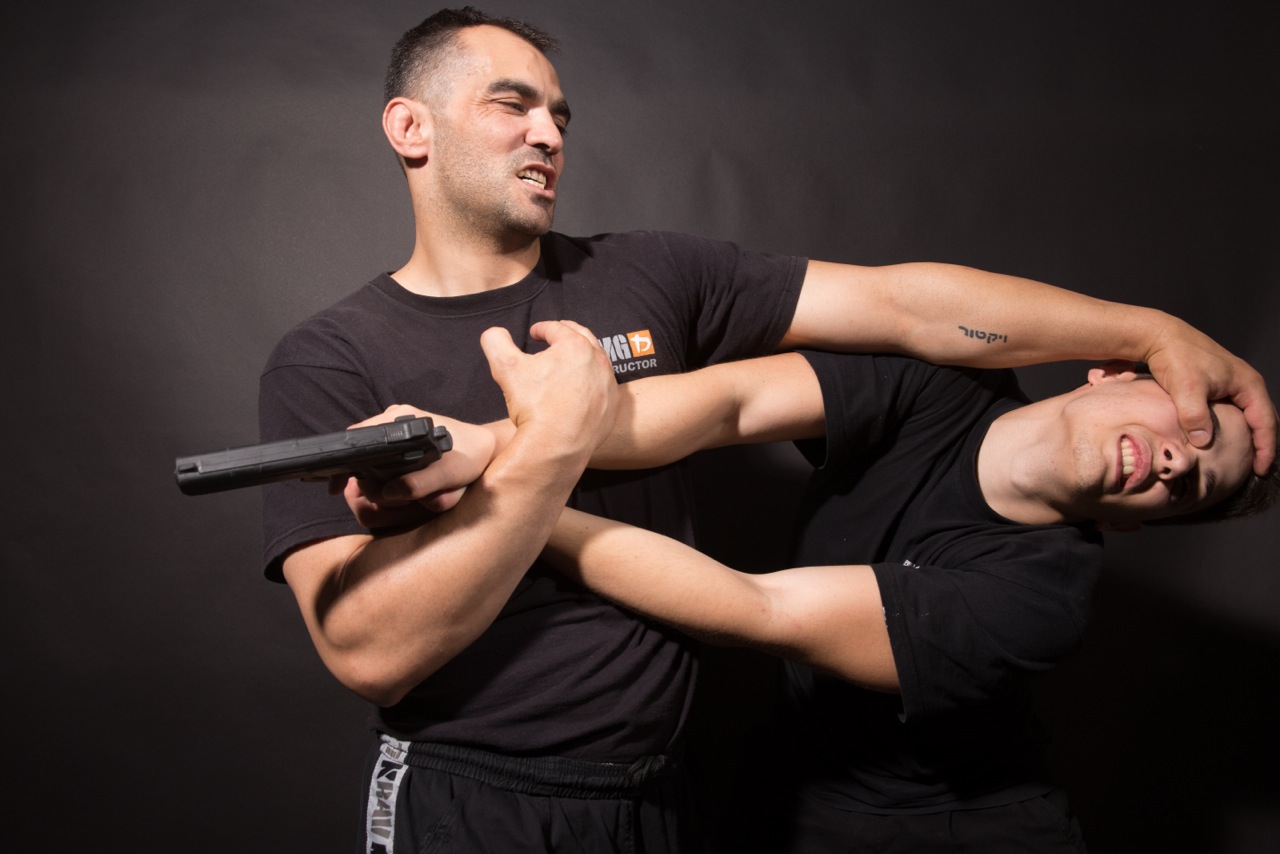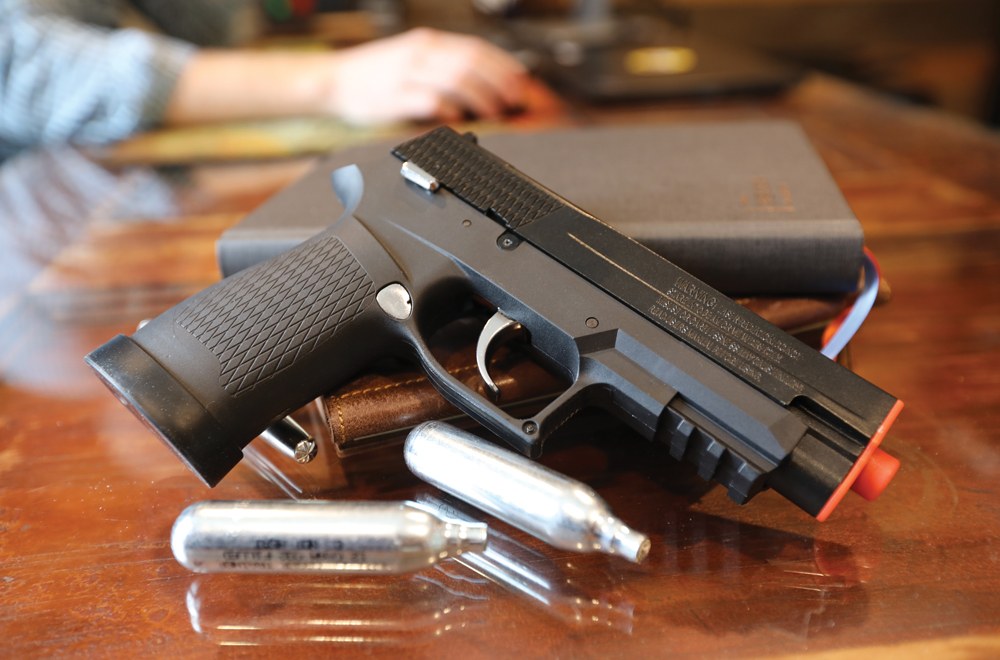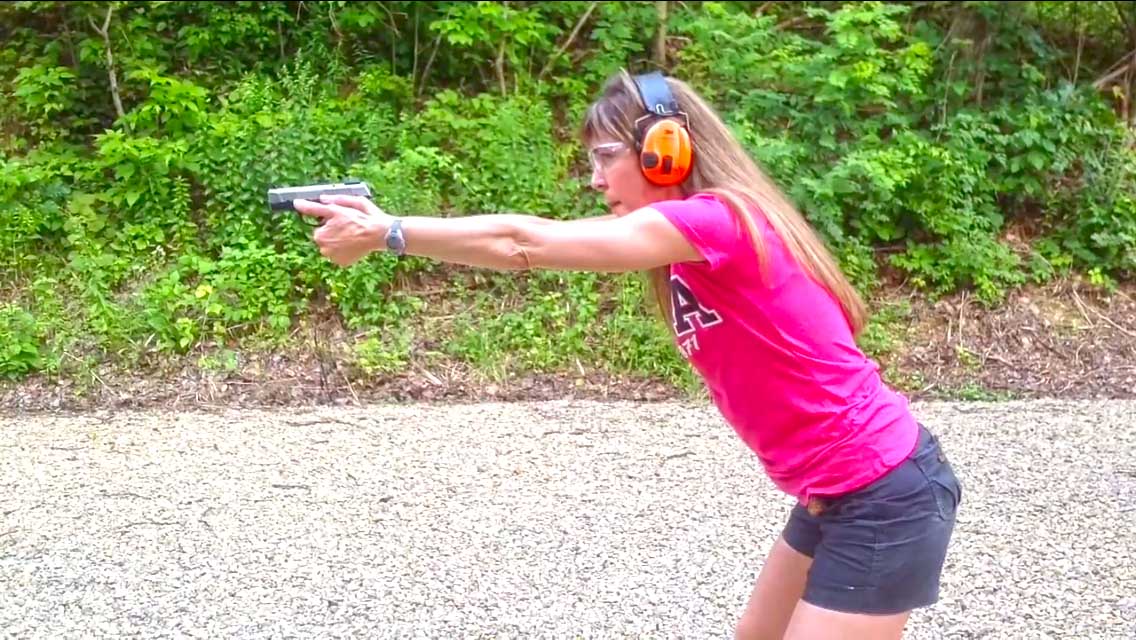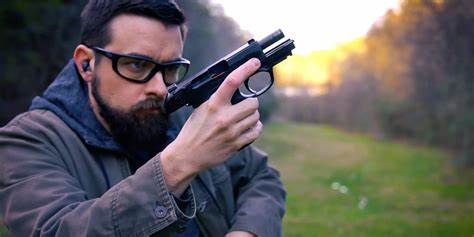Situational training for close quarter combat improves your ability to keep yourself and loved ones safe in the event of an attack. It is a contemporary defense mechanism that is a fusion of several martial arts techniques and law enforcement tactics. Originally designed for law enforcement, it has been taught to civilians to improve their ability to quickly and effectively defend themselves from harm.
What Does This Training Entail?
Close quarter situational training involves learning how to defend yourself when you are unarmed in hand-to-hand combat as Krav Maga. You will also learn how to use knives, firearms, and your environment to your advantage.
During unarmed combat training, you will learn how to perform and perfect strikes, takedowns, kicks, and joint locks that can quickly incapacitate your adversary. In the armed training aspect, you will be taught to properly wield and effectively use weapons such as knives, handguns, and shotguns to quickly stop your attacker and secure your safety.
Firearms
When it comes to close-quarter situational training, the best firearms to have are pistols and shotguns. They are effective and will provide adequate protection for you and your family. Pistols are easy to carry and conceal on your person. They are easy to handle and do not restrict your movement, this makes it perfect to have it on yourself at all times. They also have a high capacity to carry and are easy to reload. Although they have low stopping power, having good aim will easily incapacitate an attacker in close quarters.
Shotguns are not easy to handle and or concealable so they are better suited to be kept at home. You will need to practice often with a shotgun as they are not easy to reload and their weight requires the use of both arms. Though they may have low capacity, they also possess a high scatter ratio which means a higher stopping power and bigger recoil which you will have to compensate for. In close quarters, a single shot can easily end the confrontation. Shotguns are comparatively cheaper than handguns.
What Is The Objective Of This Training?
The objective of close quarter combat training is to be quickly and brutally effective at disarming or incapacitating your opponent. The faster you stop your enemy from moving the less protracted the aggravation is. When you are in close quarters with an enemy, the likelihood of getting badly hurt is high. Quickly countering the advances of your adversary is vital to your survival.
In the event of a break-in, your life and that of your family is at stake. A protracted confrontation may result in bodily harm to members of your household. The best approach is to surprise the intruder and scare them off or quickly incapacitate them and call the police.
Duration Of Training
Unlike pure combat training for soldiers and law enforcement or martial arts, close-quarter situational training can be taught in a much shorter period. Effective and rigorous training can be done in two weeks or less with measurable results depending on how fast you catch on. But it is advisable to practice and do a series of training sessions to increase muscle memory, decrease reaction time, and get accustomed to weapons.
Major Considerations
The three major considerations when it comes to close-quarter situational training. These are; surprise, speed, and violence of action. These three combine to provide effective preparation for unexpected attacks.
Surprise
When you are attacked unexpectedly, you are surprised and in the first seconds seem overwhelmed. But in close-quarter situational training, you are taught to quickly shrug that off and initiate a surprise of your own. For instance, if you are walking down an alley and you get jumped by someone wielding a knife, you are expected to give in. But if you show that you are capable of defending yourself against the odds, your attacker will be surprised and will most likely take off.
Speed
Speed defines how quickly you can repel an attack by incapacitating your adversary. As indicated earlier the more prolonged an attack is, the more likely you will get hurt. Moving quickly to stop an attacker will save you.
Violence of Action
This is an indicator of how destructive your method of defense is. Showing that you are ready to get violent is a sure way of de-escalating a potential attack. Also, how badly you hurt an attacker will determine if they can get away or not.
The combination of these three will guarantee your safety in any close-quarter combat.
- Training,
- 1890




